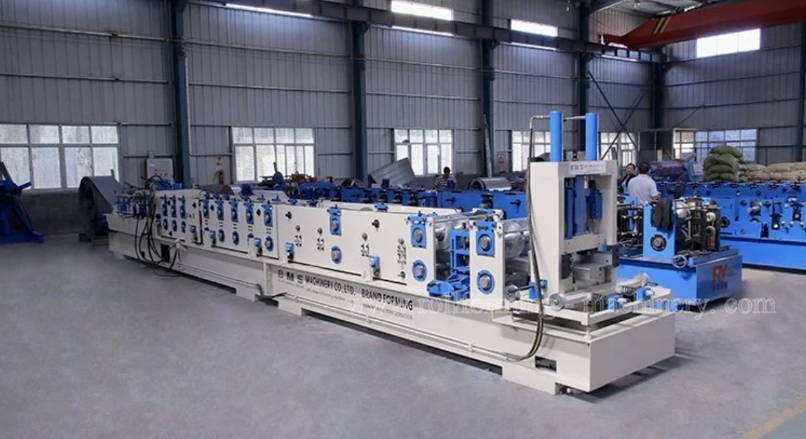
Posted on Wednesday, October 9, 2024
Definition and Structure: A C Purlin, often referred to simply as a "C Purlin," is a type of structural component commonly used in construction, especially for supporting roof structures. Its distinctive shape resembles the letter "C," featuring a horizontal flange on the top and bottom and vertical webs that provide strength and stability. This profile is engineered to bear loads efficiently, making it a preferred choice for both residential and commercial buildings.
Role in Supporting Roof Structures: C Purlins play a critical role in the framework of roofs by serving as intermediate support beams for roof sheathing or decking. They help distribute the weight of the roof evenly and transfer loads to the building's main structure. This function is crucial for maintaining the integrity of the roof and ensuring its durability over time. Additionally, C Purlins can be used to create a lightweight yet robust framework for other applications, such as walls and floors.
Advantages of C Purlin Profiles:
Production with Roll Forming Machines: The production of C Purlin profiles is typically carried out using advanced roll forming machines. The roll forming process involves feeding a flat strip of steel into the machine, which gradually shapes it into the desired C profile through a series of rollers. This method ensures high precision, uniformity, and consistency in the dimensions of the purlins produced.
Key Features of Roll Formed C Purlins:
C Purlins are essential components in the construction industry, providing reliable support for roof structures and various other applications. The efficiency and precision of roll forming machines in creating these profiles ensure that builders have access to high-quality, cost-effective materials that meet their structural needs. Whether for residential homes or large commercial projects, C Purlins continue to be a favored choice among contractors and engineers alike.

32/1000 Box Profile Roll Forming Machine – Complete Guide & Specifications
Posted on Sunday, November 16, 2025
High-performance 32/1000 box profile roll forming machine for roofing and cladding. Full specifications, profiles, applications, pricing

PBR / R-Panel Roll Forming Machine – Complete Guide & Specifications
Posted on Sunday, November 16, 2025
PBR / R-Panel roll forming machine for roofing and wall cladding. Full specs, profiles, applications, pricing, and global buying guide. Built to order.

Posted on Sunday, November 16, 2025
How to Diagnose and Fix the Hidden Electrical Problems That Cause Downtime
Copyright 2025 © Machine Matcher.